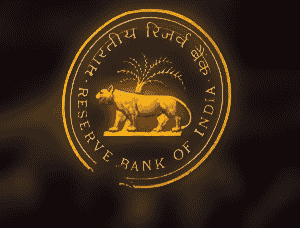The RBI is expected to announce a reduction in key interest rates, marking a pivotal moment in its monetary policy

The Reserve Bank of India (RBI) is anticipated to cut interest rates for the first time since May 2020, according to recent reports. This shift comes as the central bank aims to stimulate economic growth amid persistent inflationary pressures. Analysts are closely monitoring the RBI’s upcoming policy decisions, which may significantly impact the financial landscape.
Detailed Breakdown
1. Interest Rate Cut Anticipation
The RBI’s likely move to cut rates is generating significant attention. This would be the first reduction since the pandemic began, signaling a shift in the central bank’s approach to managing the economy. The expectation is that lower rates will encourage borrowing and spending, which could help revitalize economic activity.
2. Economic Context
India’s economy has faced multiple challenges, including high inflation rates that have persisted despite previous efforts to control them. The RBI’s decision to consider a rate cut comes at a time when economic growth has shown signs of slowing. Analysts suggest that a more accommodative monetary policy could provide the necessary support for recovery.
3. Market Reactions
Financial markets are already responding to the anticipation of a rate cut. Investors are reassessing their portfolios, with many looking to capitalize on potential lower borrowing costs. This shift may influence various sectors, particularly real estate and consumer goods, as reduced rates typically lead to increased consumer spending.
4. Global Influences
The RBI’s potential actions are also influenced by global economic conditions. Other central banks, particularly in developed economies, have been adjusting their monetary policies in response to inflation and growth concerns. This interconnectedness means that the RBI must consider international trends when formulating its own policies.
5. Future Projections
Looking ahead, experts believe that the RBI’s approach will be data-driven, with future rate cuts or adjustments depending on economic indicators such as inflation rates and growth metrics. The central bank’s commitment to maintaining stability while fostering growth will be crucial in shaping its future monetary policy.
Important Details & Evidence
- Inflation Trends: Recent inflation data indicates that while prices remain elevated, there are signs of moderation. This could provide the RBI with the leeway to implement a rate cut without exacerbating inflationary pressures.
- Economic Growth Rates: India’s GDP growth has shown signs of slowing down, prompting calls for a more supportive monetary stance.
- Comparative Analysis: Analysts are comparing the RBI’s situation with other central banks that have already made similar moves, highlighting a broader trend in monetary policy adjustments worldwide.
Final Takeaways
The anticipated interest rate cut by the RBI represents a critical juncture in India’s monetary policy, aimed at supporting economic recovery amidst inflationary pressures. As markets adjust to this potential change, stakeholders are keenly watching how the RBI balances growth and inflation in its upcoming decisions. The broader implications of these policy shifts will likely resonate throughout various sectors of the economy, influencing both consumer behavior and investment strategies moving forward.